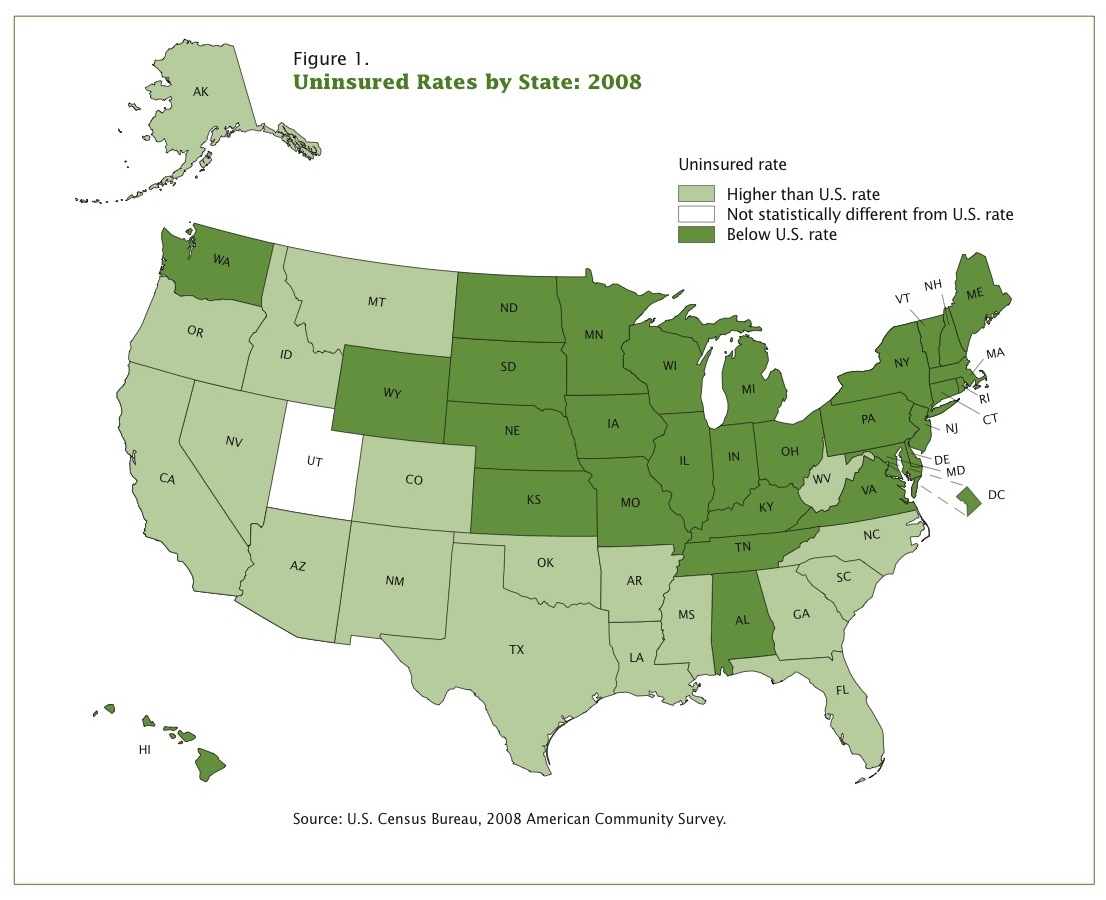Best of 2009: Who Benefits Most From Health Insurance Reform?
All day, we’re re-running our favorite blog posts of the last year. This post was originally published on Nov. 12, 2009. Not the blue states. There are
Jul 31, 202017.5K Shares603.9K Views
All day, we’re re-running our favorite blog posts of the last year. This post was originally published on Nov. 12, 2009.
Not the blue states.
There are roughly 46 million people living in America without health insurance coverage, representing about 15 percent of the nation’s population, according to the most recent numbersfrom the U.S. Census Bureau. But they aren’t distributed evenly around the country.
In Texas, for example, the uninsured rate in 2008 was the highest in the nation at 24.1 percent, while just 4.1 percent of Massachusetts residents lacked health coverage, representing the country’s lowest rate, the Census data revealed.
There’s nothing new or unusual about these distinctions. States have their own laws, and some have simply put greater emphasis on getting health coverage for residents. What’s interesting in the context of the insurance reforms working their way through Congress is how the highest uninsured rates are largely concentrated in the South and the Mountain West, where the lawmakers tend to be more conservative — and more likely to oppose the Democrats’ health reform plans.
The irony, of course, is that the same people who stand to benefit most from making insurance more affordable and accessible are also most likely to be represented by Republican lawmakers who are fighting tooth and nail to kill the reform proposals.
Hannah Dreier contributed research to this article.

Paula M. Graham
Reviewer
Latest Articles
Popular Articles
